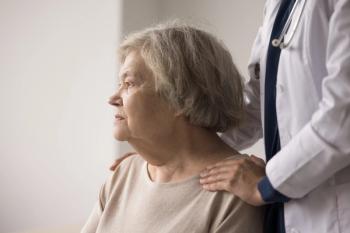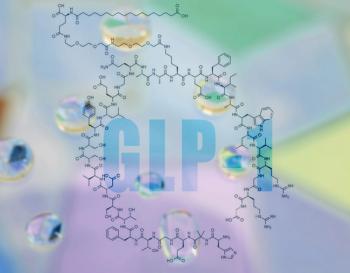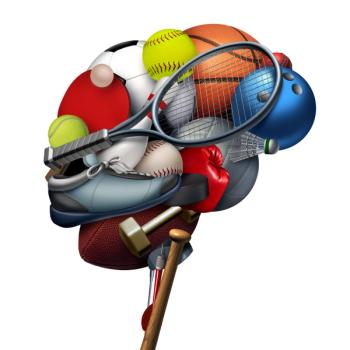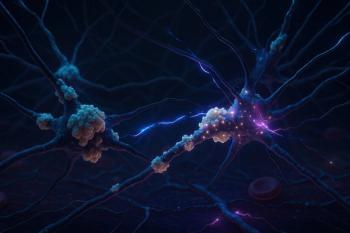
Combination Therapy With TMS and Ketamine for Depression, Neuropathic Pain, and Substance Use Disorder: A Network-Based Approach
Key Takeaways
- TMS and ketamine combination therapy shows enhanced efficacy for treatment-resistant depression, neuropathic pain, and substance use disorders by targeting interconnected brain networks.
- The salience, default mode, and central executive networks are key neurocircuitry involved in psychiatric and neuropsychiatric syndromes, influencing emotional and cognitive processes.
Discover how combining transcranial magnetic stimulation and ketamine therapy revolutionizes treatment for complex conditions like depression and pain.
Recent advances in transcranial magnetic stimulation (TMS) and ketamine therapy are offering new hope to patients burdened by complex, treatment-resistant illness conditions including depression, neuropathic pain, and substance use disorders.1,2 While initially developed to make TMS more tolerable and practical, more than 15 years of clinical and imaging evidence now indicate that coadministering TMS and ketamine produces more robust, more durable improvement than either therapy alone, even for the most refractory presentations.3,4
Moving from Circuits to Clinical Care
Clinical neuroscience increasingly recognizes that many psychiatric and neuropsychiatric syndromes reflect disruptions in interconnected brain networks, rather than isolated regions. Network-focused neuroimaging has revealed shared patterns of dysfunction across affective, pain, and substance use disorders.5 The brain's functional architecture—including the salience, default mode, and central executive networks—can help reframe and target these complex conditions:
Key Neurocircuitry Involved
Salience Network (anterior cingulate cortex [ACC], anterior insula): Coordinates the brain’s response to salient emotional and somatic stimuli. Hyperactivity is linked to pain amplification and emotional reactivity.
Default Mode Network (DMN) (medial prefrontal cortex, posterior cingulate cortex, precuneus): Central to rumination and self-referential thinking; its overactivity sustains depressive thinking and craving.
Active (Central Executive) Attention Network (dorsolateral prefrontal cortex [DLPFC], parietal cortex): Enables cognitive control over emotion, behavior, and pain; hypoactivity here is seen in depression and impulsivity.
Figure 1. Functional Brain Networks: Salience Network, Default Mode Network, Central Executive Network
Figure 2.
Why Combine TMS and Ketamine?
Mounting evidence demonstrates that multimodal interventions deliver superior clinical results across the psychiatric spectrum: psychotherapy plus medication for anxiety disorders, electroconvulsive therapy plus pharmacotherapy for catatonia, and for depression, the innovative pairing of non-invasive brain stimulation (eg, TMS) with ketamine. This combination is uniquely office-based, practical, and effective.
Table 1. Mechanistic Synergy
Neuroanatomic Targets & Network Modulation
TMS, especially directed to the ACC, recalibrates the salience network, mitigating pain hypersensitivity and emotional dysregulation. Ketamine, by rapidly dampening DMN overactivity and enhancing neuroplasticity, interrupts cycles of ruminative thought and addictive craving. Their combined administration has been shown to restore more normalized global network activity and connectivity and is reflected in improved clinical and imaging outcomes as well as patient-reported functioning.7
Table 2. Safety and Clinical Practicalities
Case series and real-world clinical reports support the efficacy of this strategy, with many patients experiencing major recovery after failure of conventional, algorithm-driven approaches. Dramatic recoveries are regularly observed in patients with severe depression, intractable pain, and histories of suicidality or relapse.7
Looking Ahead: Integrative Neuropsychiatry
Mastery of trimorbidity conditions—chronic depression, neuropathic pain, and SUD—demands collaboration across psychiatry, neurology, physiatry, addiction medicine, and pain management. Brain network-informed diagnostics and therapeutics like TMS-plus-ketamine promise a new standard for those previously deemed “treatment-resistant.” Future studies may lead to even more optimized protocols, patient stratification, and long-term outcomes—paving the way toward precision network therapeutics.
Dr Best is the director of The Neuroscience Center in Deerfield, Illinois.
References
1. Doan L, Manders T, Wang J. Neuroplasticity underlying the comorbidity of pain and depression. Neural Plast. 2015;2015:504691.
2. Onwumere J, Stubbs B, Stirling M, et al. Pain management in people with severe mental illness: an agenda for progress. PAIN. 2022;163(9):1653-1660.
3. Best SRD, Haustrup N, Pavel DG. Brain SPECT as an imaging biomarker for evaluating effects of novel treatments in psychiatry-a case series. Front Psychiatry. 2022;12:713141.
4. Arubuolawe OO, Folorunsho IL, Busari AK, et al. Combination of transcranial magnetic stimulation and ketamine in treatment-resistant depression: a systematic review. Cureus. 2024;16(7):e64712.
5. De Ridder D, Vanneste S, Smith M, et al. Pain and the triple network model. Front Neurol. 2022;13:757241.
6. Jiang W, Isenhart R, Sutherland R, et al. Subthreshold repetitive transcranial magnetic stimulation suppresses ketamine-induced poly population spikes in rat sensorimotor cortex. Front Neurosci. 2022;16:998704.
7. Best SRD, Pavel DG, Haustrup N. Combination therapy with transcranial magnetic stimulation and ketamine for treatment-resistant depression: a long-term retrospective review of clinical use. Heliyon. 2019;5(8):e02187.
Newsletter
Receive trusted psychiatric news, expert analysis, and clinical insights — subscribe today to support your practice and your patients.














